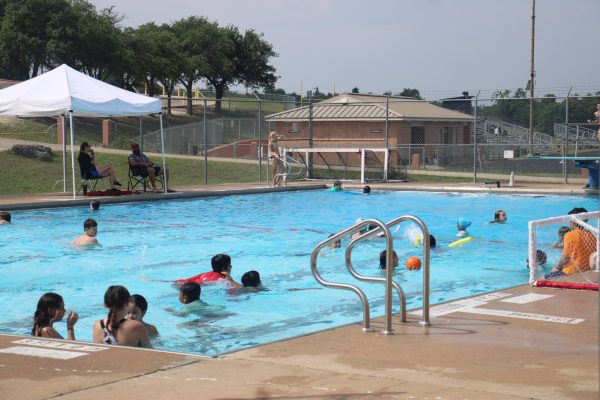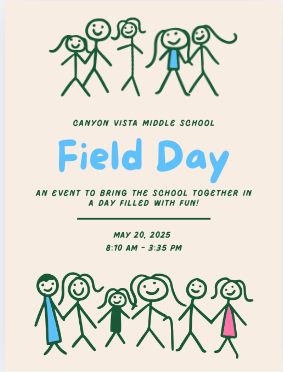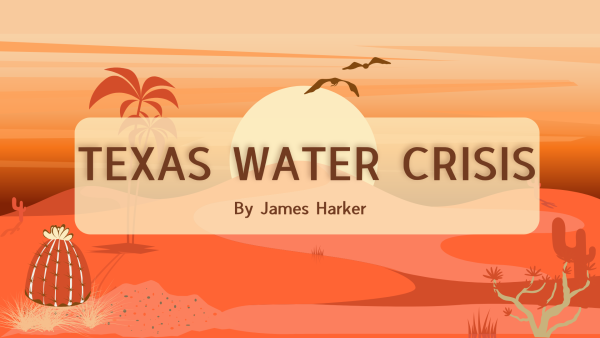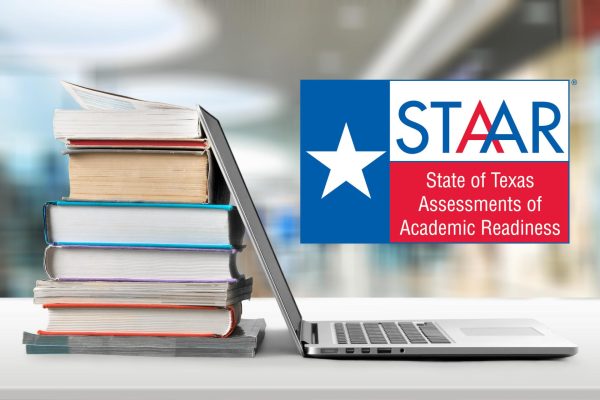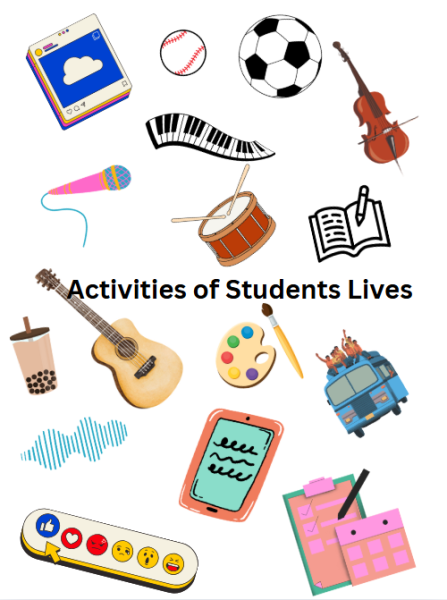ESL Program in the U.S.
ESL or English as a second or foreign language is a program that majority of schools offer in America. The term ESL is used to show that English is a second language to a lot of people. While 1.5 billion people speak English, only 360 million people speak English as their first language. There are roughly 7000 languages in the world, and English is only one of them. Also, about 20% of U.S.’s population doesn’t speak English. Each student is taught on their level of skill of English depending on their school’s program or district. Some curriculum’s offer instructions in both, English and the student’s home language, but are often only taught in English to faster develop fluency.
The most ESL students at our school speak Chinese, Korean, Spanish, Russian, Arabic and different Indian dialects. There are many other languages that are spoken, and as the school year goes on, Canyon Vista gets a lot of students that speak various languages.
Our school has a lot of ESL students, and we got to know one of them. Gael Garcia, an eighth-grader, moved here to Austin this August from Monterrey, Mexico. His home language is Spanish and although he spoke a little English back in Mexico, he’s gotten more fluent here after being in the ESL program. A few things he likes about ESL is that he gets to learn new words, make friends, and that the classrooms are small and cozy.
He says that the ESL/ELA teacher, Mrs. Karen Markins is funny, knows what to do, and most importantly, teaches English very well.
“I was confused and scared, but mostly excited,” Garcia said. “My favorite food is mole and my favorite sports are basketball, football, baseball. I really like math and PE and Ms. Shafiee is my favorite teacher.”
He moved because of his parents job and finds it awesome to be in Canyon Vista. Although everything is different from how it was at home, he is happy to be here.
Studies show that there are a little less than 4.5 million ESL students in America and that they are the fastest-growing student population. Since immigration has been a lot more in the last ten years, the population has grown to about 60%. Every state has ESL students, but they are more populated in California, Arizona, Texas, Florida, New York and Illinois. California has proved to have more than 1.5 million ESL students. While you might think that ESL students are all immigrants, they actually are not. While many are immigrants, the majority of non-English speaking students enrolled in U.S. schools are citizens. The demographics are about 85% in elementary and 62% in middle and high school.
“They’re very entertaining and funny, but they try really hard,” the ESL/ELA teacher Mrs. Markins said.
She has taught multiple grade levels, but she enjoys teaching her ESL students.
“Kids come in speaking no English, and they’re scared and petrified,” Mrs. Markins said. “Although, by the end of the year, they turn around and realize that they are accepted by the kids in this school.”
A question that is most asked by people is how long it takes to learn English. Experts say it takes approximately 5-7 years to speak, read and write in English. Students will learn to communicate socially much faster, especially if they are younger in age. Still, though, it is said that there is a major gap between social and academic English. With all the technology these days, it is becoming harder to teach young students English because of all the abbreviations and slang that is used through texting and social media. Experts do suggest that students who don’t speak English as their second language should try and communicate with those who do as they will probably be able to pick up the language faster and easier.
Author and professor at Stanford, David Boud says that “Peer learning is not a single, undifferentiated educational strategy. It encompasses a broad sweep of activities.” In simple words, this line talks about how interacting with another person can help you enhance your learning. ESL students have their strengths and challenges, and it can vary depending on the individual. While there could be more challenges than strengths, students who speak their native language and learn English at the same time are known to be more intellectual and can grasp things faster than the average.
ESL schools and programs help students become more fluent in English by breaking down concepts and language rules. Different programs teach mathematics, science, and history classes for students who are non-native speakers. Few countries even offer ESL classes for their students so that they can learn English while they’re younger and grow up being bilingual. Many ESL students can feel overwhelmed being in a country that doesn’t speak the language they speak. It can be very hard because they cannot understand or participate in a discussion or activity because of communication. Learning to speak another language is tough, and so many people, especially kids, have to learn to speak English when they move to America.
When I asked Mrs. Markins about what people should know ESL students, she said that all they need is support and it really helps them progress through the year. So next time you see a student that doesn’t speak English very well, get to know them because we are the best way to help them learn.
Ruth is an all around good person. She has been swimming since she was eight and loves drawing. She likes photography and writes a lot. She enjoys travelling...

















